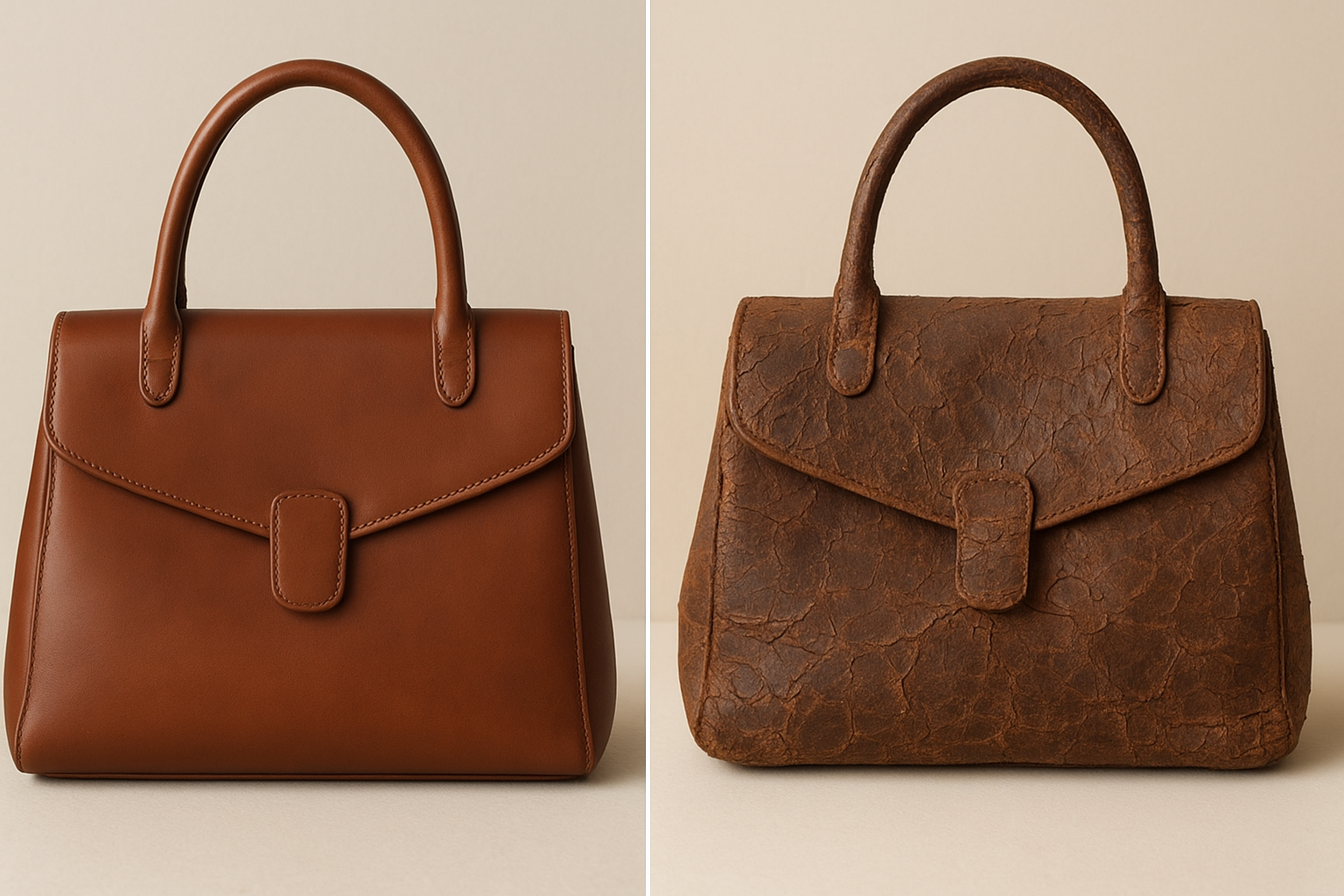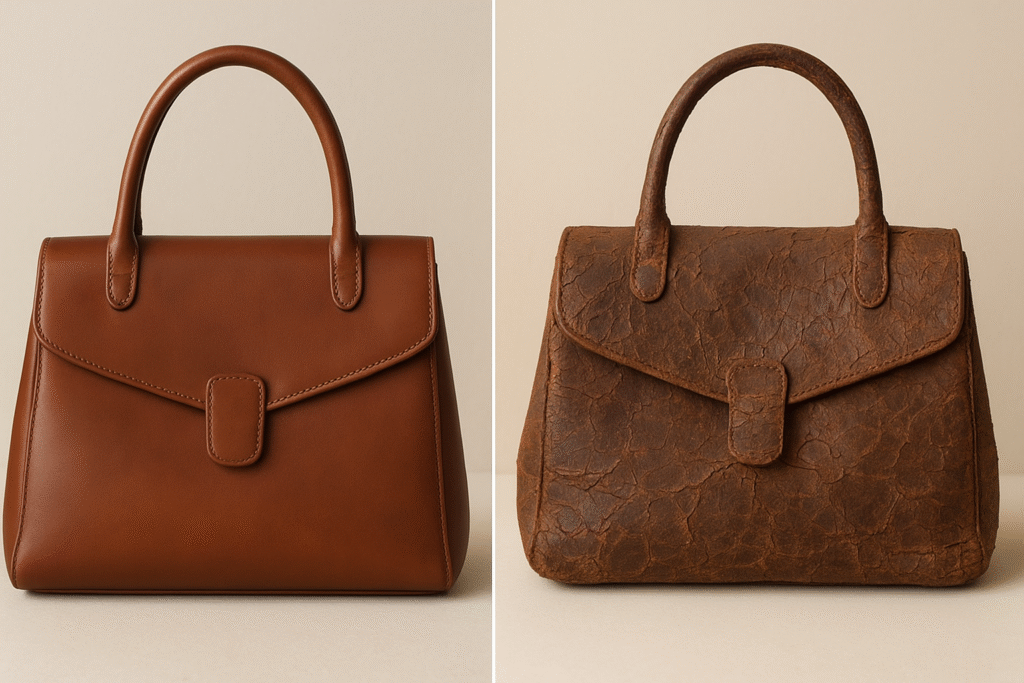Leather Care Guide: Clean, Condition & Store Leather Properly
Leather is durable, beautiful, and timeless—but it needs proper care to stay that way. Whether you own a vintage leather jacket, a treasured handbag, or a family heirloom book, taking the right steps now will help your leather last for decades. This guide walks you through simple, practical methods for leather conservation at home.
Why Leather Needs Special Care
Leather is made from animal hide, which means it’s organic. Over time it can:
- Dry out and crack if exposed to heat or low humidity.
- Grow mold or mildew in damp environments.
- Fade and weaken under sunlight.
- Become brittle if cleaned or conditioned with the wrong products.
By understanding these risks, you can prevent damage before it happens. Discover simple steps to clean, condition, and store leather goods. Prevent cracks, fading, and mold with this practical leather care guide. Learn how to clean, condition, and store leather goods to prevent cracking, fading, and mold. A simple step-by-step guide to long-lasting leather care.

Step 1: Store Leather the Right Way
- Keep leather in a cool, dry place with good airflow.
- Avoid attics, basements, or anywhere with extreme temperature swings.
- Use cotton dust bags or acid-free boxes for long-term storage.
- Never store leather in plastic—it traps moisture and encourages mold.
Shop for the best Genuine leather Shoes,Wallet,Clogs and Belts here
Step 2: Regular Cleaning
Dust and dirt can settle into the pores of leather, causing wear.
- Use a soft brush or dry microfiber cloth to wipe down leather regularly.
- For surface dirt, lightly dampen a cloth with water (never soak leather).
- Avoid soaps, detergents, or household cleaners—they strip natural oils.
Step 3: Safe Conditioning
Leather naturally loses oils over time. Conditioning keeps it supple—but you need to be careful.
- Choose a pH-balanced, conservator-approved leather conditioner (not furniture polish or cooking oils).
- Test on a small hidden area first.
- Apply sparingly with a soft cloth, let it absorb, then buff gently.
- Don’t over-condition—once or twice a year is enough for most items.
Step 4: Protect from Light & Moisture
- Keep leather away from direct sunlight to prevent fading and brittleness.
- Use UV-filtering window films if displaying leather items.
- If leather gets wet, air-dry naturally at room temperature—never use a hairdryer or heater.
- For mildew, wipe gently with a slightly damp cloth, then let dry completely in open air.
Step 5: Handle With Care
- Always handle leather with clean, dry hands—oils from skin can stain.
- Rotate use of handbags and shoes so they have time to rest.
- Use shoe trees for leather shoes to maintain shape.
- Avoid pins, tape, or sticky labels on leather surfaces.
📸Buy vintage leather Boots with 100% Guarrantee Here
When to Call a Professional
Some leather problems require expert help:
- Crumbling or powdering leather (“red rot” in old books).
- Severe mold infestations.
- Tears, holes, or missing sections.
- Valuable antique or museum-quality items.
Professional conservators use reversible, science-based techniques that won’t cause long-term harm.leather care guide
Quick Dos & Don’ts
✅ Do:
- Keep leather dust-free.
- Store it in breathable materials.
- Condition sparingly with safe products.
❌ Don’t:
- Use oils like olive oil or coconut oil (they go rancid).
- Store leather in plastic or damp spaces.
- Leave items in direct sun or near heaters.
A Practical Guide to Leather Conservation: How to Care for Your Leather Goods
Leather Care Guide: Leather conservation isn’t complicated—it’s about prevention, gentle cleaning, and mindful storage. With the right care, your favorite jacket, bag, or heirloom can be preserved for generations to come.
By respecting leather as the natural, living material it is, we not only extend its lifespan but also honor the craftsmanship and history it carries.

thank you
Pingback: Shop Suede Cowhide & Goodyear Welt Boots at UNITYPUREMAX: Care Tips & Value